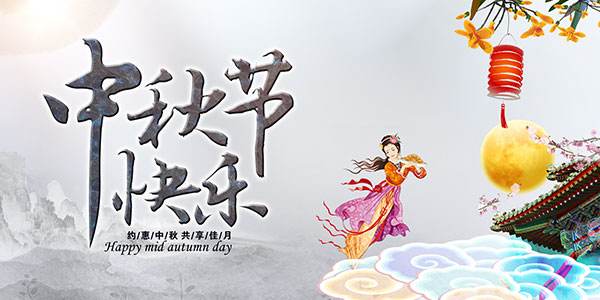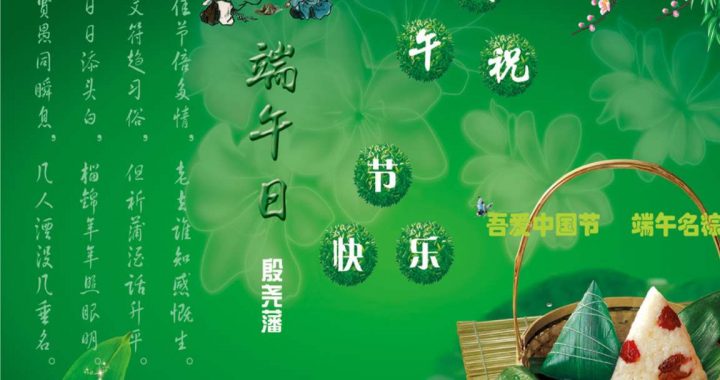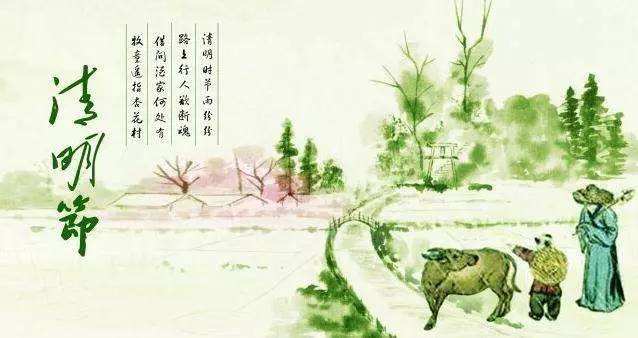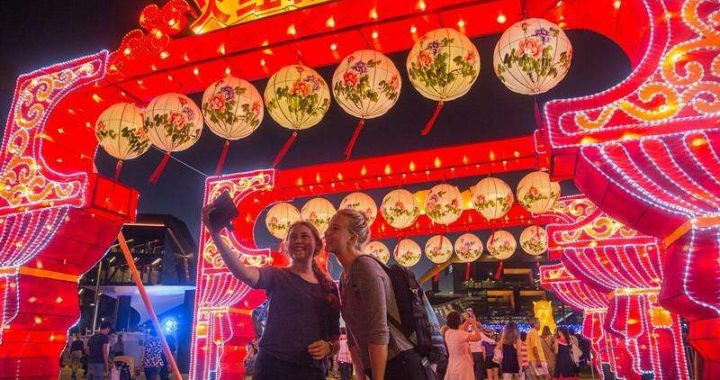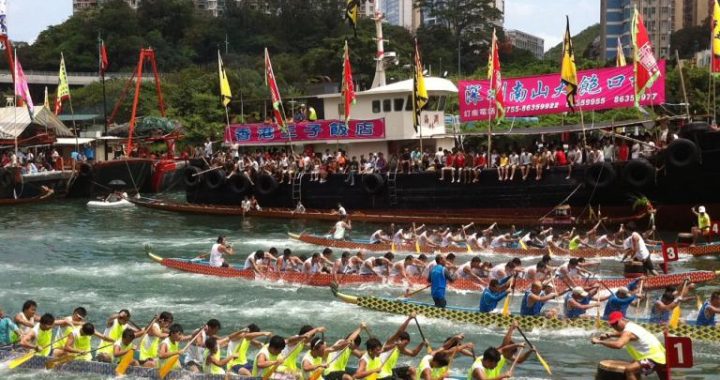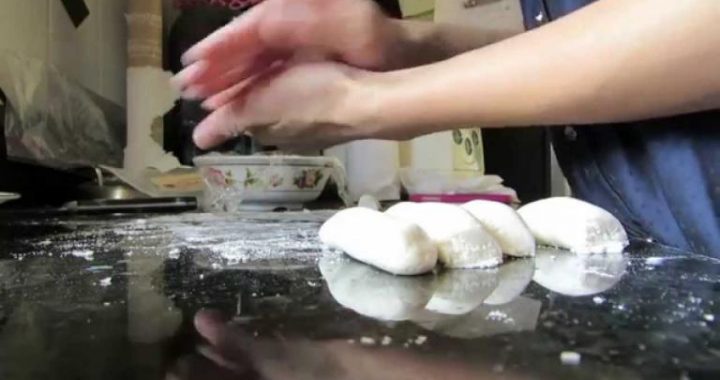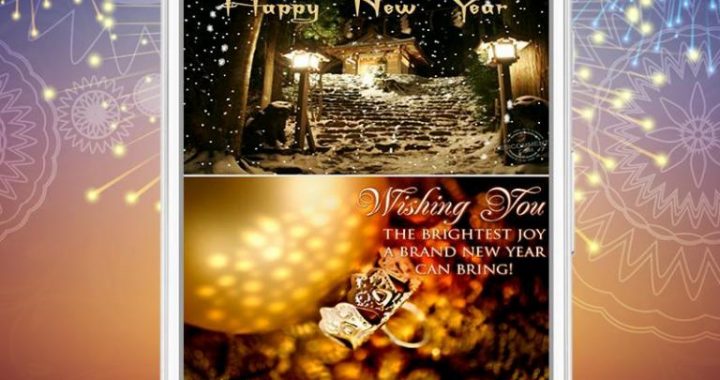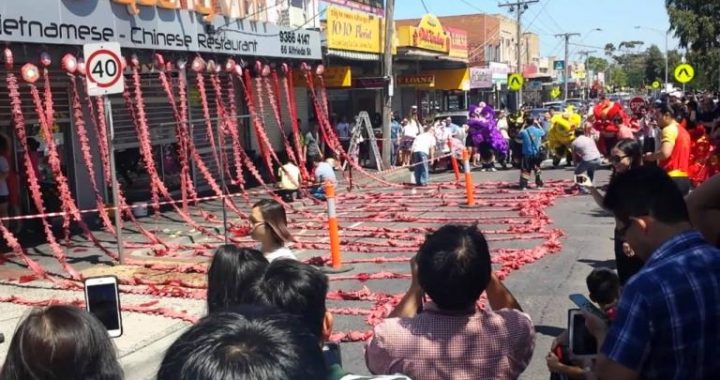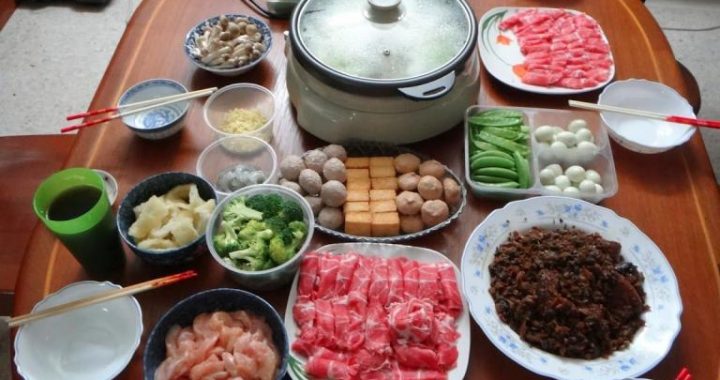Colorful Chinese Festivals
11 min readChina is a major country of festivals, but it is very hard to say how many festivals are celebrated in China exactly. Up till now, no comprehensive survey has been conducted. Of course, this has something to do with the fact that we have not strictly defined festivals, and different people understand the connotations and denotations of festivals differently.
The book Encyclopedia of Chinese Ethnic Festivals adopts a very broad definition of festivals, including celebrations, temple fairs, sacrificial ceremonies and singing performances as well as modern festivals. This book records a total of 1,592 festivals by ethnic groups, including 69 Tibetan festivals and 107 Miao festivals.4Besides, in view of an ongoing national cultural books and records project Chinese Festival Annals, it is conservatively estimated that there should be about 300 large-scale festivals still active among people with great social influence. The difficulty of calculating the number of festivals also reflects the abundance and diversity of Chinese festivals from one aspect.
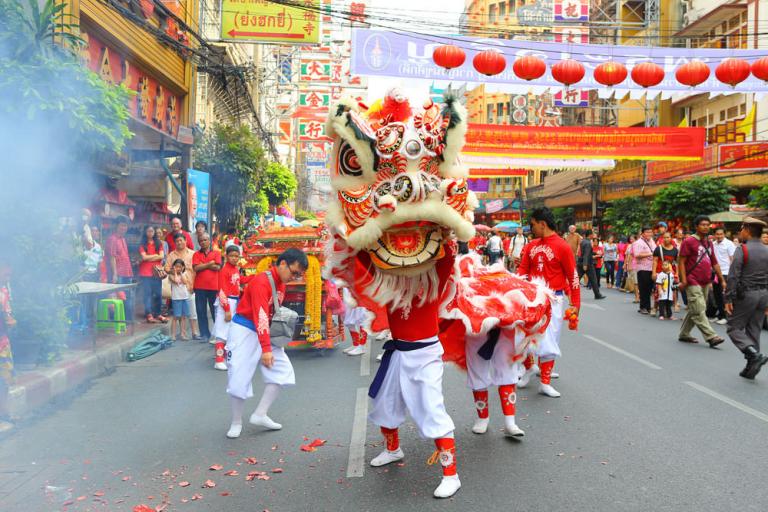
Festivals are a kind of comprehensive cultural events and can be hardly classified according to a certain single nature. The Tomb-sweeping Day is an example. Pure Brightness as one of the 24 solar terms can be deemed as an agricultural festival, but it can also be classified into the category of sacrificial festivals because of sacrifice tomb-sweeping and ancestor worship during the festival or the category of entertainment festivals because of spring outings during the festival. It is reasonable to classify it into either category. Therefore, we cannot treat festivals with the concept of careful and detailed analysis. Just like festival cultures all over the world, China’s festival culture also has the features of periodicity, commemoration, ethnicity, rationality and complexity.
These features are manifested in different ways in different regions, groups of people and historical and cultural traditions. This is also the charm of the harmony and diversity of the big world. Here, narrations will be made according to several important theme features in the festival culture to present a general picture of colorful Chinese festivals.
Intervals between ordinary time and special time
Festivals are special time intervals inserted in the ordinary stream of time. Such intervals between the “ordinary”and “special”turn our life into a rhythm with tempos and rests, completely in line with China’s traditional philosophical spirit combining tension and relaxation. Chinese festivals coordinate social time and natural time such as solar terms, and form a cosmic schema, showing Chinese culture’s function of yin-yang complementation. Tension and relaxation, ordinary time and special times are quite ir conformity with the practical logic and cognitive thinking mode of Chinese festivals’
characteristics and ordinary cultural activities. Festivals are special in many aspects. The time selected for a festival is “special”itself, combined with the natural rhythm or related to a holy narration or associated with an important event. When winter turns into spring, ice and snow melt and everything comes back to life, Han people celebrate the Double Second Festival and Uyghur people and Kazak people celebrate the Nowruz Festival to end the winter recovery with a festival and begin to work in another year. The Shui ethnic groupcelebrates the Mao Festival after transplanting rice seedlings to pray for seedlings’ growth and a bumper rice harvest in the period of time when there is abundant rainfall and plants are flourishing and full of vitality; the Duan Festival takes place at the completion of the harvest for celebrating the bumper harvest and ringing out the old year and ringing in the new. Clothes, foods and drinks, utensils and other cultural symbols for festivals are also different from everyday ones. All people, whether they are high officials and noble persons or small tradesman and potters, always try to create a festive state and a special stage during a festival. It is needless to say the luxurious and bustling feasts for relatives and friends in Rong Mansion decorated with lanterns and colored streamers during festivals recorded in Dream of the Red Chamber. In Bei jing opera The White-Haired Girl, YangBailao’s aria sung while tying Xier’s hair with a red string is more vivid.
Dad went to the east and west and earned a little money by selling bean curd.I bought one kilogram of flour on the market to celebrate the New Year by eating dumplings…Other families’ girls wear flowers, but dad has no money to buy them.I took a red hair string of two chi to tie your hair with my own hands.
The above is only”special”at the level of cultural symbols in a festival,and more profound specialty is manifested at the level of the social structure.Traditional Chinese culture emphasizes overcoming one’s own desires and preserving proprieties,and attaches importance to the distinction between superiors and inferiors,between old people and young people and between men and women,with the three cardinal guides and the five constant virtues as basic moral principles and criteria,so there is a set of rituals in daily life,but this is only one face of Chinese culture.In the situation of a festival,the stiff,rigid and cold Chinese culture becomes lively,soft and passionate,and some festivals even seem madly joyful and mysterious.At numerous Huaer festivals widespread in QinghaiProvince,Gansu Province and Ningxia Autonomous Region in China,those honeyed words and phrases that men and women cannot uttered easily even in private space in ordinary days can be sung in front of numerous watching people in the situation of such festivals.
Don’t reap the green Chinese chives growing in the garden,let them grow greenly;Little sister, you are a ditch and your lover is water, let it flow constantly and clearly.
The excessive rules distinguishing men and women are temporarily relaxed in the space of festivals. In the traditional society where population flow was very limited and slow, festivals used to be a channel for creating opportunities for men and women to get acquainted and supporting human multiplication. At present, among people of the Miao ethnic group, Shui ethnic group and Zhuang ethnic group between 50 and 60,a large proportion got married during festival gatherings. During festivals, the whole nation joins in the jubilation and both officials and ordinary people celebrate. The Lantern Festival(the 15th day of the 1st lunar month) is an example. Emperor Yang of the Sui Dynasty(on the throne from 604 to 618) and Emperor Taizong of the Tang Dynasty(on the throne from 626 to 649) not only promulgated government decrees to give support, but also participatedin people’s celebrations during festivals and even conducted secret investigations in plain clothes according to legends. In the ancient Chinese imperial society with a strong hierarchical organization, festivals were a rare equal space. In festivals, ranking and status differences were temporarily eliminated to create a kind of festival equality. To sum up, festivals convey a quality different from daily life. As Victor Turner’s famous research on ceremonies shows, from the perspective of the ritual process, the time before the festival, the time of the festival and the time after the festival constitute a “structure-anti-structure-structure”process, and the time of the festival is a special “threshold”and “integration”stage and a mixture of the mundane and the sacred. This is “a moment in or out of time”and a place “existing in or out of the mundane structure.”It is special moment when people can temporarily be rude, disorderly, upside-down and rapturous.’ Such temporary “anti-structure”and “abnormality”in the festival and the “structure”and “normality”before and after the festival jointly constitute a complete and compact melody.

Blending of the sacred and mundane
Festivals are mixtures of the sacred and the mundane. In an early morning of August on the snow-covered plateau,a huge Sakyamuni thangka of the Drepung Monastery in Lhasa slowly unfolds on the back mountain under the sun, and believers jostle each other in a crowd and worship piously, beginning the Shoton Festival in a solemn atmosphere, but during the festival after this, Tibetan opera, entertainment and banquets are filled with mundane joy. In the Miaofeng Mountain temple fair in Beijing, the Cangyan Mountain temple fair in Hebei, the Zitong temple fair in Sichuan, etc, people read religious scriptures, offer sacrifices and worship Buddha and gods in temples, but flower fairs, competitions and temple markets are thriving outside temples. The Nuo opera troupe in Shiyou Village, Nanfeng, Jiangxi in the first lunar month spared no effort in going from door to door in the village, piously interpreting the course of man’s development from barbarism to civilization wearing Nuo masks in Nuo God temples and residences and driving away ghosts and plagues in the name of the Nuo God. Around them are children chasing andplaying and villagers playing mah jong or chatting. On the Tomb-sweeping Day, people sweep tombs and worship ancestors and, more importantly, go outing in early spring.
During the Water Splashing Festival, the Dai ethnic group, Blang ethnic group and otherethnic groups believing Theravada Buddhism in Yunnan not only piously bath Buddha, but also plash water in revelry. The sacred and the mundane run in parallel without conflicts in festivals so harmoniously. The sacredness was bestowed from the origins of numerous festivals. We can say that such sacredness is a relatively stable part in current festival contents. If a festival “loses spirit,”it will become nonessential in people’s mind and will become more random and diverse in practice. At present, people’s complaints that festivals are not interesting and festivals are only eating and drinking are to a large extent the result of lack of sacredness and solemnity in festivals reduced to the shallow desire for goodfood. Of course, if festivals simply emphasize sacredness, it certainly cannot spread in a large range. While strengthening dignity and functions at the level of religion, festivals also create space for meeting mundane needs. Briefly, mundane needs include eating and drinking, recreation, entertainment, exchange, reunion, etc. If the sacredness of festivals meets spiritual needs of individuals and groups, the mundaneness of festivals maintains growth of individuals and multiplication of groups.
Structuring of the boundary between the inside and outside Though many festivals are celebrated across boundaries, nations and regions, festivals as a kind of cultural events are highly group-based and regional. The same festival has different festival contents in different countries, nations and regions. The Spring Festival is the most widely spread festival in China. According to incomplete statistics, more than 30 ethnic groups celebrate the Spring Festival. Besides, after the Spring Festival became a national statutory holiday, celebrating the Spring Festival is almost a national activity, but festival contents are vastly different. In the north of China, people eat dumplings on theLunar New Year’s Eve, but in the south, people eat boiled rice dumplings. Before the Spring Festival, people see off the Kitchen God, but as to the time of seeing off the Kitchen God, there is a saying that “officials see off the Kitchen God on the 23″d day of the 12th lunar month, farmers see off the Kitchen God on the 241h day of the 121h lunar month, and Tan people living on boats see off the Kitchen God on the 25th day of the 12th lunar month.”As to the details of a certain aspect of festivals, there are more differences among various areas and various groups. As the saying goes,”the customs and habits of people differ in each locality.”The phenomenon that the same festival has similar or same themes but different modes of expression reveals another important feature of festivals: festivals are used to distinguish one group from others, structure the boundary between the inside and outside, strengthen internal recognition and enhance external segmentation. Chinese festivals such as the Spring Festival, Tomb-sweeping Day, Dragon Boat Festival and Mid-autumn Festival are widespread, and these festivals jointly celebrated by multiple ethnic groups in multiple regions structure and enhance recognition of the Chinese nation consisting of many ethnic groups. Festivals and groups are closely related -for example, the Torch Festival is associated with ethnic groups speaking Yi language, the Water Splashing Festival is associated with ethnic groups speaking Dai language and believing in Theravada Buddhism, and Eid al-Adha is associated with ethnic groups believing in Islam.
Besides, many regional festivals demonstrate the feature of strengthening regional recognition more clearly. The Nadun Festival lasts more than two months from the 12th day of the 7th lunar month to the 15th day of the th lunar month every year in Three-river Area, Minhe, Qinghai, beginning from the lower river where grain ripens earliest, then moving westwards gradually village by village, and ending in the upper river after passing the middle river. This festival associates all villages inhabited by Tu people, inhabited by Tu people and Tibetans and inhabited by Tu people and Han people in this area, coordinates inter-village and interpersonal relationships in the area through a performance and celebration rally and welcoming, and at the same time shows to the outside the existence of a living culture community.
Some festivals also structure and strengthen the boundary between the inside and outside and maintain social relationships through dedication and sharing of food and flow of gifts. In the numerous Chinese festivals, gods, ghosts and ancestors are always important participants. Many festivals’ core themes are worshipping gods, driving away ghosts and offering sacrifices to ancestors through a series of ceremonies and activity arrangements. The most common way is to dedicate food. According to different targets ofdedication, people prepare different sacrifices such as beef, pork, mutton and chicken as well as glutinous rice, steamed buns, tea and wine. The providers and producers of these sacrifices are not arranged at will-only people in the group meeting certain conditions are qualified. After dedication of sacrifices, only people in the group can share these sacrifices. When Yi people in Weishan, Yunnan “offer sacrifices to the most ancient tree” on the 8th day of the 21d lunar month, the whole village prepares complete pigs as sacrifices. After a series of sacrificial ceremonies such as dedication of raw meat and dedication of cooked meat, men in the village eat some sacrifices under the most ancient tree, and then divide the remaining sacrifices into certain shares according to the number of households in the village, bring them back and share them with their family members.
Eating and drinking are essential contents of numerous Chinese festivals. Family dinner parties and rotating treats in the Spring Festival, the whole clan’s banquet after sacrifice offering on the Tomb-sweeping Day, and long table banquets for one thousand people in Dong and Miao stockade villages in festivals all tell their participants that they are relatives and friends belonging to the same family, clan and village time and again through sharing sumptuous cooked food and sweet wine. When Miao people in Leishan, Guizhou celebrate the Miao New Year, the host prepares a pig’s rear leg with the tail for every uncle who comes to the festival and asks him to bring it back. This has become abasic formality. Sacrifice offering, sharing and flow of gifts in festivals are already important ways to identify communities.

